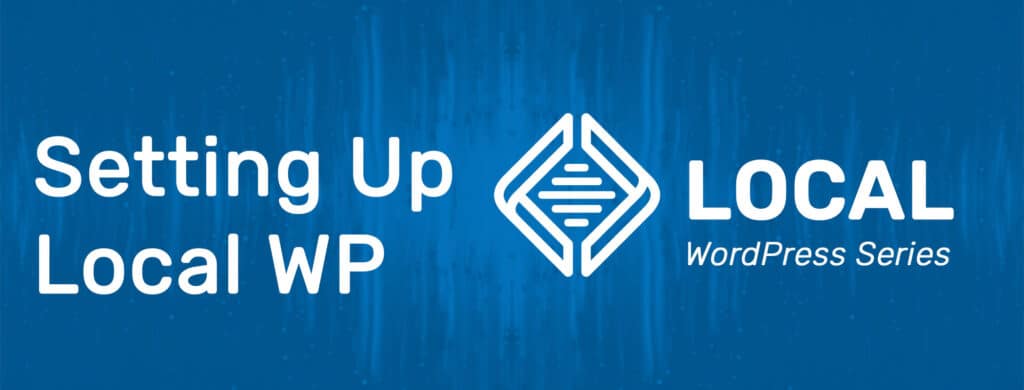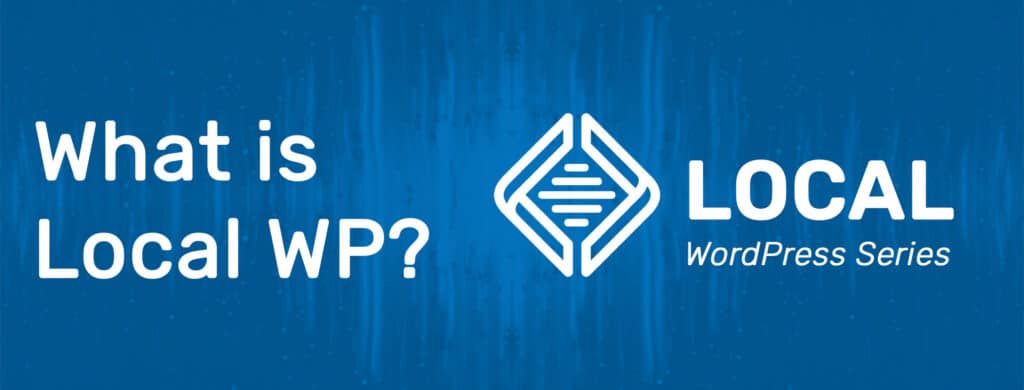TLDR:
When you are looking to get started with the Local WordPress software, it can be helpful to have a quick guide to its interface and setting your personal preferences. This article will provide an overview of the sidebar and where to find preferences available in the Local WordPress interface. It will explain how to access them and offer tips on how best to use them. With this guide you should be able to easily navigate the Local WordPress dashboard in no time. For a quick visual on the interface, check out my infographic –here–
Use this icon to quick access your Local WordPress account, or your preference settings. You can choose either logging into your Local WP account, or quick access to your preferences.
This icon will take you to a list of all of your sites, and information about each one. You can view which sites you have on, SSL information, access WP admin dashboard link and so much more. I cover this section more in my post –here–.
With Local Connect, you can easily connect your host provider to pull/push sites for optimal website access. At the moment, Local only accepts connections to WP Engine, and Flywheel, but with these two options, you can quickly sync your sites and have them in one place.
When you use Blueprints, you can save a Local WP site as a template to be reused with all other Local Sites. Once you have the blueprint saved, you can select it when making new sites so that you save time with your next site build.
Get your Local site launch ready with the use of add-ons such as Image Optimizer and Link Checker, and more. These add-ons are easy, one-click installations. For more savvy developers, you can also build and submit your own add-ons for consideration within the Local Add-Ons library.
Use this tab to access help docs, community support, and chat assist for Local Connect. Each help section is broken up, and contains links for easy access to help and support.
Use this icon for a quick access to creating and adding a new Local WordPress site. It will walk you through the creation steps, but for a further look, check out my post –here–
Within the appearance tab, you can select the way you would like to view the Local interface. I enjoy working with a dark theme, and you can set that preference here. You can also set your default browser, and which terminal will open your sites.
When you create a new site within Local WP, you are prompted through which default server, dev email, and PHP version you want to use. With this tab, you can set your own personal preferences if you would like something different than the default options. For me, the default works fine.
The “Exporting” tab allows you to decide on which files to exclude when exporting your Local site. To me, this option doesn’t hold much weight because I export my Local sites in a different way to import into a live site. You can learn more about my process on Local to live sites –here–.
Within the “Advanced” tab, you can set the default router mode and opt in to usage/error reporting that sends your Local data to them for tracking purposes. If you choose a different router option than the default site domains, then your local sites won’t carry the HTTPS that helps with the SSL verification on your Local sites
Great Job!
With your preferences now set in Local, let’s get designing with a new site. You can also import sites, but we will cover those steps later. Give yourself a pat on the back for such great work!


